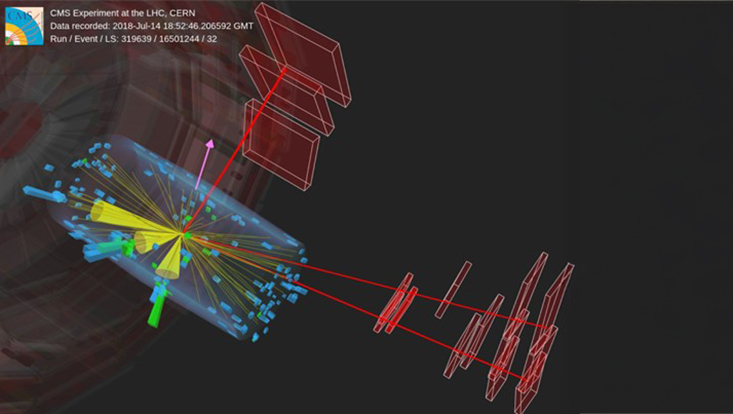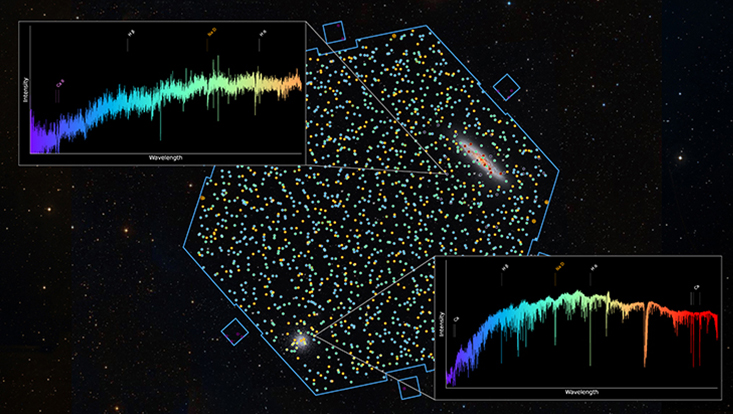and Natural Sciences
How is order generated within cells?New mechanism discovered in meiosis
13 December 2022, by MIN-Dekanat

Photo: UHH/MIN/Schnittger
Researchers from the Department of Biology at Universität Hamburg have discovered a new mechanism in the plant Arabidopsis that controls the correct sequence of processes in meiosis. The researchers found indications that a similar process could work in humans as well.
The function of a cell depends on the correct sequence of biochemical processes. It is essential that these processes are not (easily) reversible and always proceed in a certain direction. In meiosis, for example, small breaks are generated in the chromosomes, which are then healed by a certain type of DNA repair, namely homologous recombination. This leads to an exchange of DNA fragments between chromosomes and thus, to a new combination of genetic information. This process, aptly named meiotic recombination, leads to genetic diversity and also explains why children and parents are often similar but never look identical.
However, how meiosis progression is regulated is not fully understood on the molecular level and more specifically, how it is ensured that the cell does not get stuck in a loop between generating and subsequently repairing the breaks. A study performed in the model plant Arabidopsis and published in the journal "Nuclei Acid Research" by the Department of Biology at Universität Hamburg is now shedding light on these processes.
The international team, led by developmental biologist Prof. Dr. Arp Schnittger, discovered that a protein called ASYNAPTIC 1, which is needed for recombination, is removed from the chromosome exactly once recombination has been completed. "Nature's ingenious trick is that the removal of this recombination factor is coupled to the formation of another structure, called the synaptonemal complex. The latter is formed at the end of the recombination phase," Schnittger explains. "Removing ASYNAPTIC 1 ensures that the recombination phase is indeed completed and that no further recombination occurs."
The researchers also examined human proteins in their study and found evidence of a similar mechanism. "It is now particularly interesting for us to clarify the exact molecular structure of this complex in plants and then compare it with the structure in humans," Schnittger concludes.
Original publication
ZYP1-mediated recruitment of PCH2 to the synaptonemal complex remodels the chromosome axis leading to crossover restriction,
C. Yang, K. Sofroni, Y. Hamamura, B. Hu, H. T. Elbasi, M. Balboni, L. Chu, D. Stang, M. Heese, and A. Schnittger,
Nucleic Acids Research, 3 (2022).


